Under constructionCurricular ties:
Big Picture: (Yes, we elaborate on the below concepts)
- Media arts are influenced and informed by social, ethical, and sustainable issues.
- Growth as an artist requires organization, time, patience, and reflection.
Curricular tie/learning objectives:
- Create media collaboratively, or individually, using imagination, observation, inquiry and appropriate risk-taking.
- Produce and document drafts and revisions throughout the design process.
- Demonstrate the application of the elements and principles of design, image development strategies, and media arts processes and technologies.
- Demonstrate safe use, care, and maintenance of tools, equipment, materials, and workspace.
- Produce Artistic works that reflect personal voice, story, or values
FPPL:
- Learning involves the recognition, and consequences, of one’s actions.
- Learning recognizes the exploration of one’s self.
Introduction:
T-shirt (tē ˌSHərt/)
-
a short-sleeved casual top, generally made of cotton, having the shape of a T when spread out flat.
Do you have a favorite tee?
What makes it special to you?
Is it the feel, cut, brand, graphics, or sentiment that makes it special to you?
I have about 30 Tee most plane, some Hyped bra.
hype1
past tense: hyped; past participle: hyPED
promote or publicize (a product or idea) intensively, often exaggerating its importance or benefits.“an industry quick to hype its products”
|
|
In fact if you walk down the halls of our school you will notice many student waning Tee’s with all sorts of graphics, text, logos and various printed design that someone in the world, somewhere in the world, spent time, energy, and money to produce in the hopes of making money.
History:
The History of Custom Screen Printing on T-Shirts
13 iconic moments in the history of the t-shirt
Assignment:
Use Photoshop to illustrate a Slogan, a song you love, a character from a book, a particular point in history, or an ideology.
Tasks:
- You will need to post your basic Idea.
- An elaborated explanation of your image and your image. (Please note your image has to be make from MANY other images or your own drawings).
- A paragraph about the meaning of your design in respect to the topic choice and
- All source materials needs to be sited and shown.
Thinks to think about:(I will explain these in class)
- Pattern
- Juxtaposition
- Irony
- subtly (and subtlety)
- Think of Energy/power and voive
Here are some examples of Pattern.
PA pattern s the underlying structure that organises surfaces or structures in a consistent, regular manner. Patterns can be described as a repeating unit of shape or form, but it can also be thought of as the “skeleton” that organises the parts of a composition.
Pattern exists in nature as well as in designed objects; it is useful to look at the parallels. A Harvard biologist named Peter S. Stevens has published a book entitled “Patterns in Nature” in which he claims that there are only a finite number of ways that patterns can be structured. He starts with the idea of a grid as the foundation for any structure or image. He presents a set of ways in which the points of a grid can be connected. These modes of connection become classes of pattern, which he claims can be seen in any situation, in nature and in made images, and from the microscopic to the cosmic scale.
Image source www.spoonflower.com
The modes he describes include the following which are described here in terms of examples from nature. However, each of these modes can also be seen in examples of designed objects and works of art:
(text source http://char.txa.cornell.edu/language/element/pattern/pattern.htm)
If you’re are really interested- Please see my Pattern Painting project
Let us take a look at some shirts by OBEY. Why Obey? Simply- I like what there doing and the owner of the company was in ART School (Not STEM school) when started out his buisness. (Yes, you can make a Career out of an arts degree!)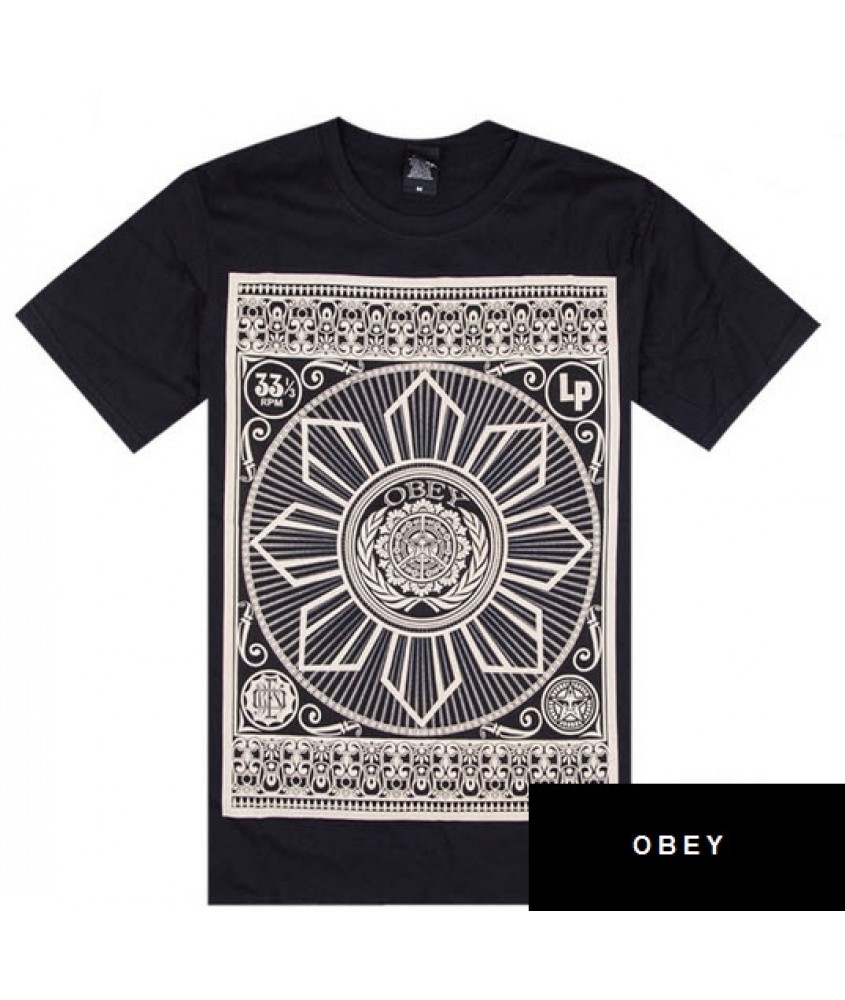
Image source Prestige.com
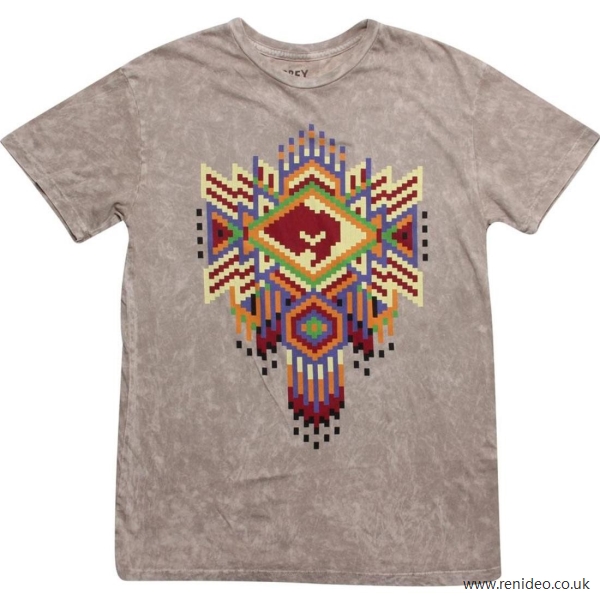
image source Renideo.com
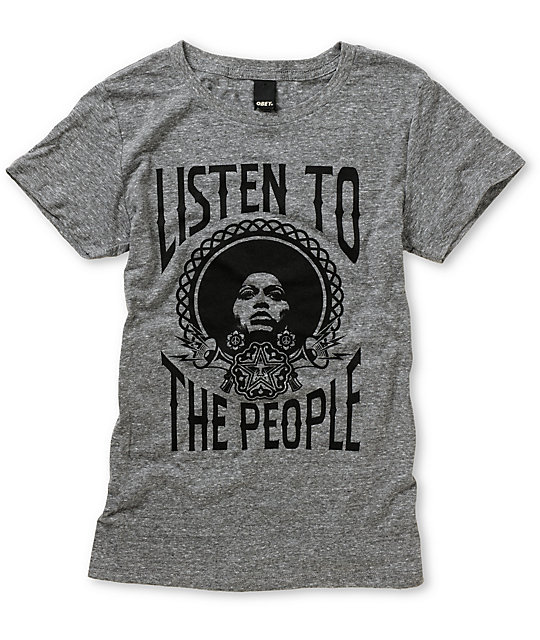
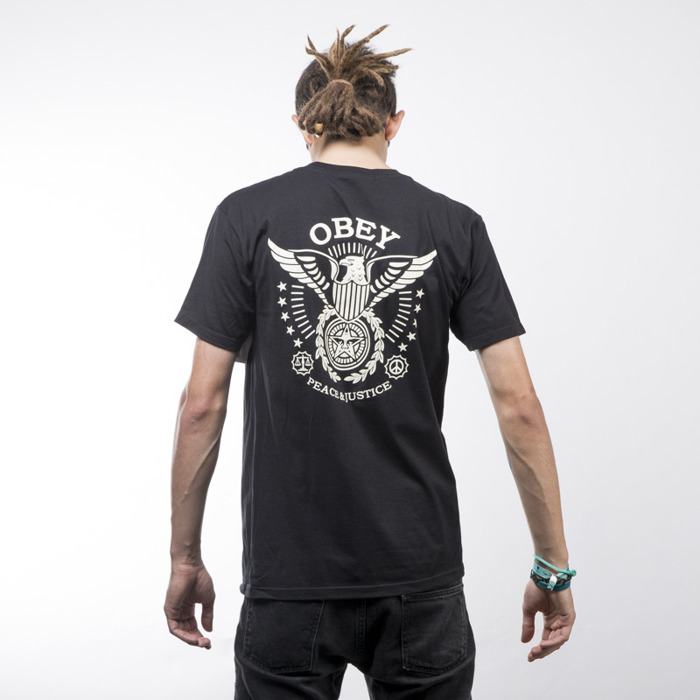
image source bludshop.com
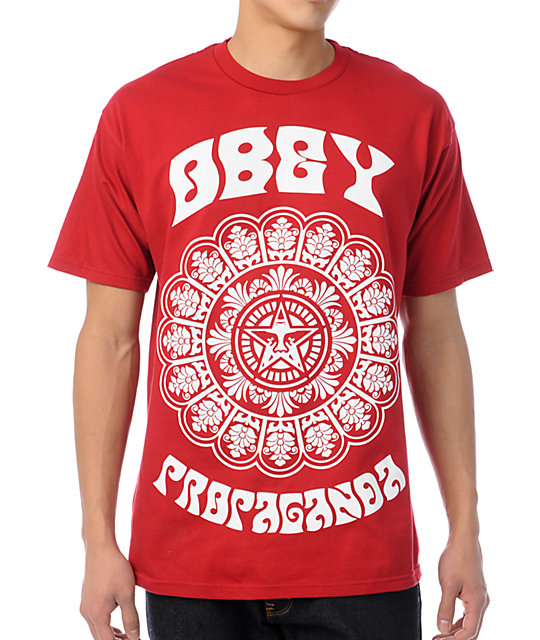
image source Zumiez.com

image source zumiez.com
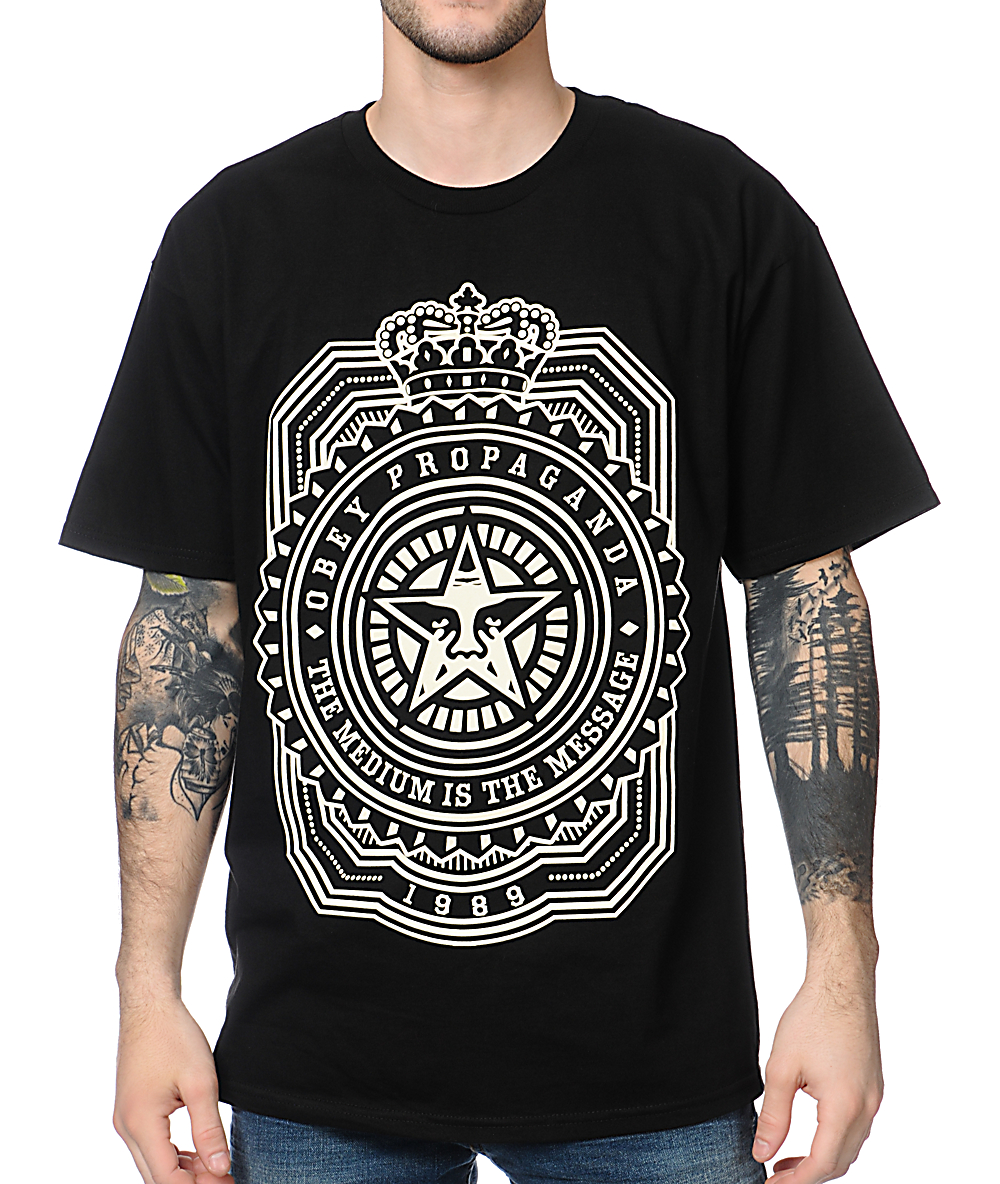
image source www.zumiez.com
Hmmm, We should also talk over some concept: Intelectual Property, Copyright, and Cultural Appropriation.
Here we go!
Process:
- Understand what your being asked. Read this assignment over a few times
- Research. Look at contemporary Tee shirts. Look at what the designs are and where on the Tee shirts they are being placed. Take a look at areas of knowledge that you are interested in. For example; Science, WWII, Making candy, Video game design, 18 century funeral rituals, Binary coding, the pathways the 3D printer takes when running. etc,
- Think about You own culture and/or personal history and the corresponding visual examples you can find.
- Rough, small sketches- take a picture of them to post.
- On you blog write out what you are thinking of doing for both designs and post to blog.
- Start the design process. Make & Evaluate
- To see you design on a tee shirt please visit on of the Two links to online tee-shirt design applications:
https://www.customink.com/
http://www.ooshirts.com/designapp/
Design Process, Prototyping and Sustainability
Please read The Design Process, Prototyping, and Sustainability.
———————-
Here are some images that would provide a ‘starting’ point for my design.
https://pin.it/tihnemwo7gaxuc
Resources:
Threadless-tshirts article
http://canada.michaels.com/on/demandware.store/Sites-MichaelsCanada-Site/en_CA/Product-Show?pid=M10186027
Oh and ONE MORE Thing:
